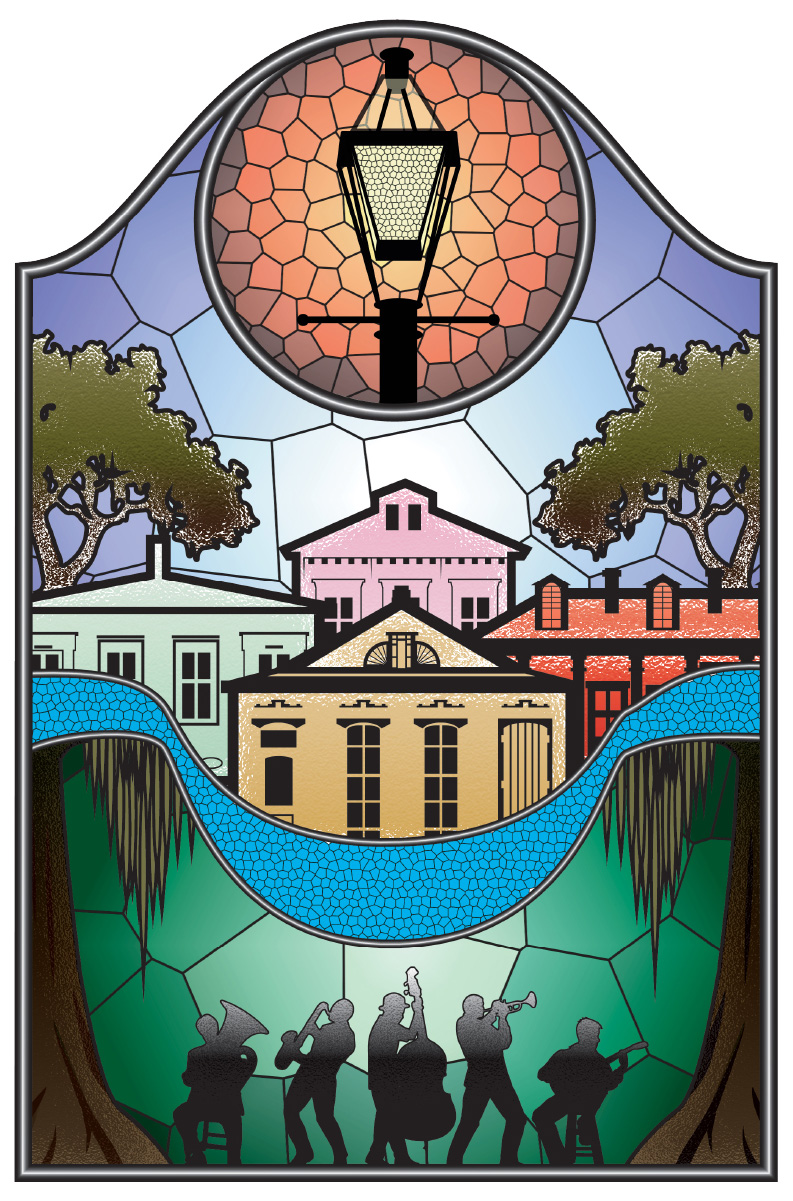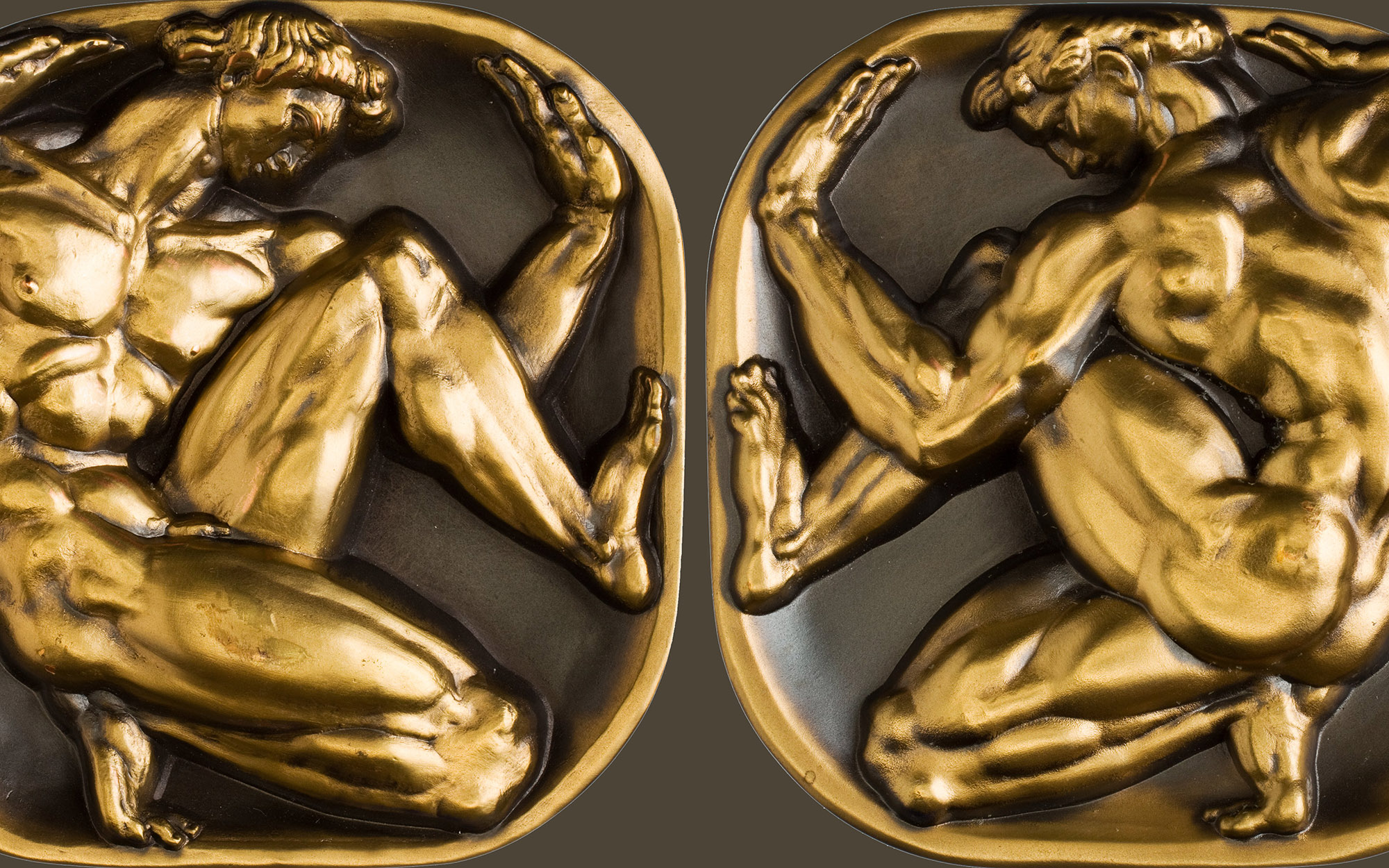Medieval Money at the Morgan Library
As a number of previous posts in this blog have mentioned, some of the best opportunities to see objects from our collections occur when other institutions borrow from us for an exhibition on a particular theme. A new exhibition at the Morgan Library and Museum on the theme of Medieval Money, Merchants and Morality, which will be on view from November 10, 2023, to March 10, 2024. ANS items on display include two seventeenth-century German coin balances, gold florins and billon groots, part of a hoard of Venetian torneselli, a Danish bracteate penny and an Austrian double guldenthaler, among others.


Billon double tournois of Charles VII, Poitiers, 1431. ANS 1942.23.413. 1.045 g.
Curated by the art historians Diane Wolfthal and Deirdre Jackson, this exhibition shows the items borrowed from the ANS alongside manuscripts and paintings that depict some of the concerns and anxieties that people had about money in late medieval and Renaissance Europe. It raises a number of questions about the culture of money that are worth exploring. Money was deeply problematical in the context of medieval European culture, in which religious beliefs were widely taken for granted. Money, as a dynamic and versatile form of wealth, was greatly desired and eagerly sought, but it was also regarded with more than a touch of suspicion and disdain. It is possible, of course, to explain this attitude internally to the culture, with reference to the importance placed on renunciation of possessions and earthly pleasures in early Christianity as well as to the agrarian values of rural landholders. To have or to desire money beyond basic needs was, in short, sinful and a pathway to eternal damnation.


Gold angel of Henry VI, London, 1470-1471. ANS 1954.237.19. 5.008 g.
Religious distrust of money and monetary wealth is not unique to the culture of medieval Christianity, though. It might be worth thinking about whether there are also explanations internal to the concept of money that might contribute to these attitudes.
Money is, at its core, a technology for turning value, whatever that is, into interchangeable quantized units that are unburdened by any element of moral judgment. Anthropologists like Nancy Munn and David Graeber pointed to the verbal slippage from values in the sense of moral principles to value in the sense of an interchangeable measure as a clue to how acts of exchange could be essentially social and moral in attitude or could become something very different. It is hard to imagine any technology that is more alien to the concerns of many religions than money: the social disembeddedness, the moral neutrality, or often both are directly opposed to the moral philosophies that underlie many religions.
The moral ambiguity of money makes it an ambivalent technology in many cultures. As the Morgan Library exhibition shows for medieval Europe, money could be sinful but could also be turned to purposes regarded positively. This exhibit is a reminder to us—and a reminder filled with beautiful works—that coins are not just useful or desirable objects; they are also a way that people relate to each other, and to their own consciences.




